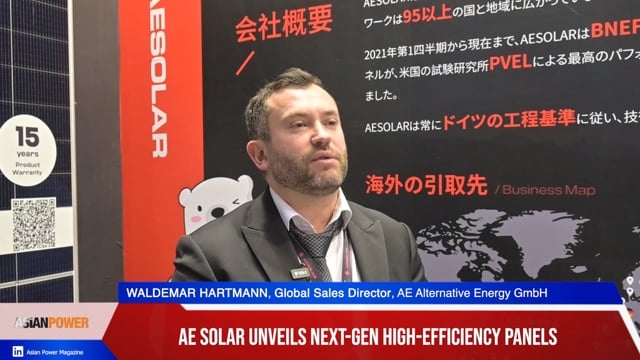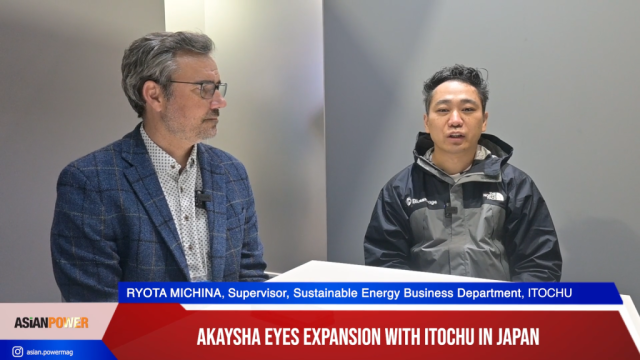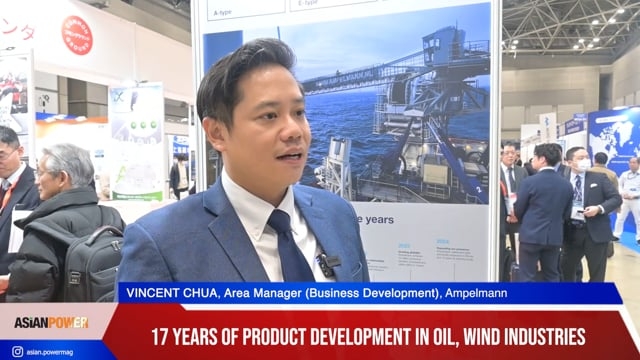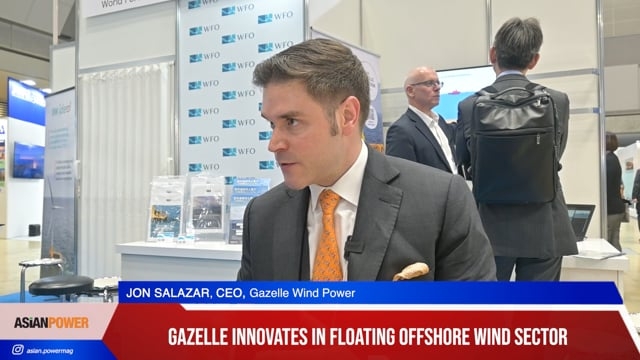
Asia's share of global renewables capacity to hit 45%
It will beat North America, Western Europe in the next 10 years.
Asia will drive global renewables expansion over the coming decade, as environmental policy implementation, the increasing cost-competitiveness of renewable energy and advances in green technology encourage deployment across countries in the region, according to BMI Research:
China will dominate the Asian renewables market, but growth in India and Thailand will also be significant.
Asia will be at the forefront of global renewable energy expansion, increasing its share of global capacity over the coming 10 years to 45% of the total, overtaking North America Western Europe (NAWE) as the largest region for installed renewables capacity globally.
Here's more from BMI Research:
Mirroring many of the underlying factors that are driving the global renewables market, Asia's rapidly expanding renewables industry is being driven by environmental policy implementation and advances in green technology that are making renewable energy accessible and more economically viable in a growing number of markets.
The growing cost-competitiveness of wind and solar with conventional power sources, due to falling installation costs, is an important driving force behind the deployment of renewable energy globally. In Asia, this dynamic is exacerbated by close proximity and access to low-cost Chinese renewable energy components.
We believe that there is still scope for further cost reductions - based on economies of scale, growing competition between renewables developers (prompted by the widespread adoption of auction procurement mechanisms) and technological improvements.
Furthermore, advances in technologies which focus on making renewable energy more viable in a greater number of markets, including those in Asia, will serve to boost the deployment of renewables.
For example, solar microgrids and distributed energy solutions (DES) are helping to plug power supply gaps in rural regions or on remote islands, with strong potential in the Philippines and Indonesia.
Moreover, floating wind power facilities have the potential to open up deeper waters for offshore wind capacity deployment, with the 14MW Fukushima floating offshore wind farm demonstration project currently operational in Japan.
Similarly, floating solar power can help overcome limitations in land usage that are associated with large, utility-scale solar projects. It can also improve solar power efficiency through water-based cooling, whilst also reducing evaporation rates from reservoirs. The planned 600MW floating solar project at the Koyna dam in India and China's 200MW floating solar facility in Zhejiang are two such examples.
Finally, battery storage deployment will combat the issue of intermittency from wind and solar power generation, which at present is a key bottleneck for the global renewables sector. A wider range of storage options will support greater integration of intermittent renewable energy sources into power systems























 Advertise
Advertise








